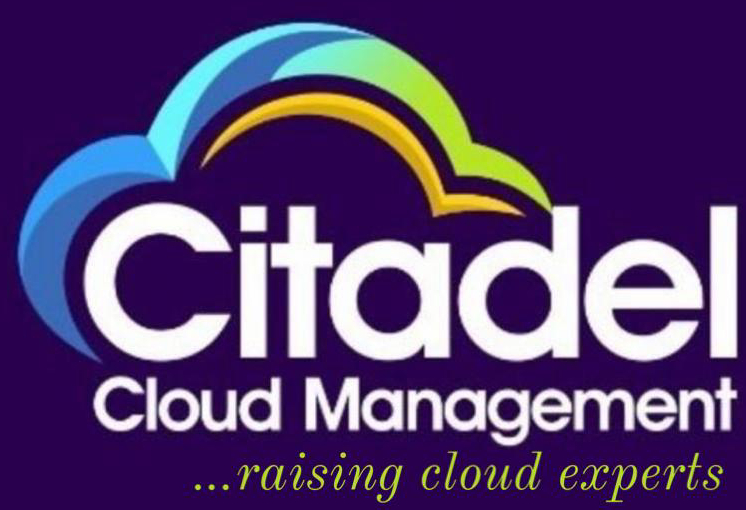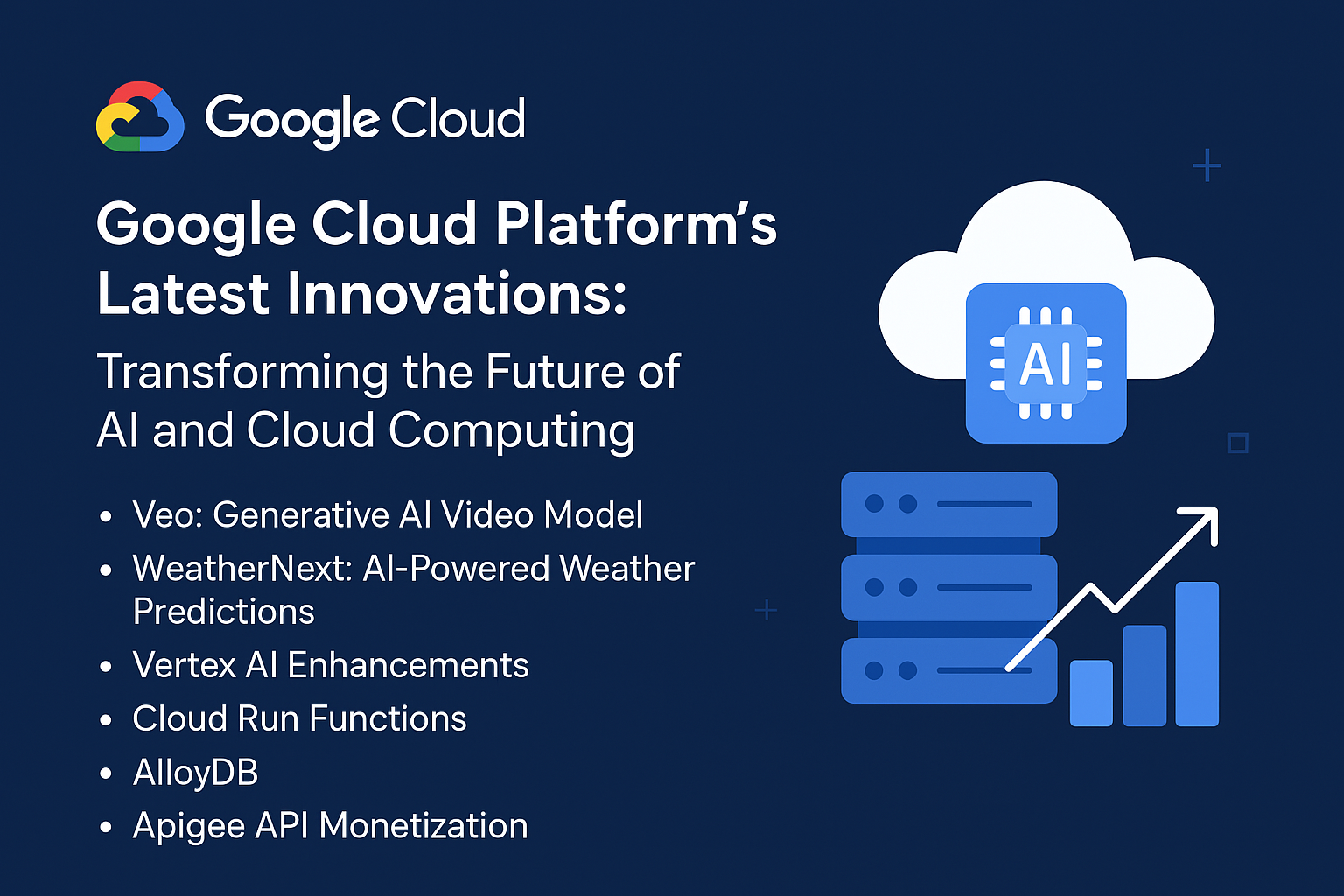In recent years, cloud infrastructure has become a cornerstone of modern IT strategies, providing businesses with scalable, flexible, and cost-effective solutions. However, investing in cloud infrastructure is not without its challenges. This article delves into the common issues organizations face when investing in cloud infrastructure and offers practical solutions to address these challenges.
Understanding Cloud Infrastructure
Cloud infrastructure encompasses the physical and virtual resources required to deliver cloud services. This includes servers, storage, networking components, and virtualization technologies. With cloud infrastructure, organizations can leverage remote resources, scale services on-demand, and reduce the need for on-premises hardware.
Key Cloud Models
- Public Cloud: Services are offered over the public internet and shared among multiple users (e.g., AWS, Microsoft Azure, Google Cloud).
- Private Cloud: Infrastructure is dedicated to a single organization and can be hosted on-premises or by a third party.
- Hybrid Cloud: Combines public and private clouds to offer a more flexible approach.
- Community Cloud: Shared infrastructure for a specific community with common concerns.
Challenges in Cloud Infrastructure Investment
1. High Initial Costs
Despite the long-term cost savings associated with cloud services, the initial investment can be substantial. This includes expenses for cloud migration, integration with existing systems, and potential re-training of staff.
Solution: Strategic Cost Management
- Assessment and Planning: Conduct a thorough cost analysis and develop a detailed migration plan to avoid unexpected expenses. Utilize cloud cost calculators provided by service providers to estimate and control costs.
- Vendor Negotiation: Engage in negotiations with cloud service providers to secure favorable pricing models and discounts based on your anticipated usage.
- Budgeting for Training: Allocate funds for training programs to ensure your team is well-versed in cloud technologies.
2. Security and Compliance Concerns
With sensitive data moving to the cloud, security and compliance become paramount. Organizations must ensure that their cloud infrastructure meets industry standards and regulations.
Solution: Implement Robust Security Measures
- Data Encryption: Use encryption protocols for data at rest and in transit to safeguard sensitive information.
- Compliance Frameworks: Adhere to regulatory requirements such as GDPR, HIPAA, and others. Cloud service providers often offer compliance certifications, but it’s crucial to verify their adherence to these standards.
- Regular Audits: Conduct regular security audits and assessments to identify and address vulnerabilities.
3. Performance and Reliability Issues
Cloud infrastructure performance can be inconsistent, particularly if services are shared among multiple users or if there are issues with network connectivity.
Solution: Optimize Performance
- Service Level Agreements (SLAs): Review SLAs to understand the provider’s guarantees regarding uptime and performance. Choose providers with high availability and reliability track records.
- Performance Monitoring Tools: Use monitoring tools to track performance metrics and address potential issues proactively.
- Multi-Cloud Strategy: Consider a multi-cloud approach to mitigate risks associated with a single provider’s performance.
4. Data Migration Challenges
Migrating data to the cloud can be complex, especially for organizations with large volumes of data or legacy systems.
Solution: Plan and Test Migration
- Data Assessment: Evaluate the data that needs to be migrated and categorize it based on importance and sensitivity.
- Migration Tools and Services: Leverage migration tools and services offered by cloud providers to streamline the process.
- Pilot Testing: Conduct a pilot migration to test the process and identify potential issues before full-scale migration.
5. Integration with Existing Systems
Integrating cloud infrastructure with existing on-premises systems can be challenging and may require significant adjustments.
Solution: Seamless Integration
- API Utilization: Use Application Programming Interfaces (APIs) to facilitate communication between cloud and on-premises systems.
- Integration Platforms: Employ integration platforms that offer connectors and tools to streamline the integration process.
- Consult with Experts: Engage with cloud integration experts to ensure a smooth and efficient integration.
6. Skills and Expertise Shortage
The rapid evolution of cloud technologies can outpace the skillsets of current IT staff, leading to a shortage of qualified personnel.
Solution: Invest in Training and Development
- Continuous Learning: Encourage continuous learning and certification programs for your IT team to stay updated with the latest cloud technologies.
- Partnerships: Form partnerships with cloud service providers for access to training resources and support.
- Hire Expertise: Consider hiring or consulting with cloud experts to fill skill gaps and provide guidance.
7. Vendor Lock-In
Relying heavily on a single cloud service provider can lead to vendor lock-in, making it difficult to switch providers or leverage multiple services.
Solution: Minimize Vendor Dependence
- Standardized Technologies: Use standardized technologies and protocols to ensure compatibility with various cloud providers.
- Multi-Cloud Strategy: Adopt a multi-cloud approach to distribute risk and avoid over-reliance on a single vendor.
- Exit Strategies: Develop exit strategies and data migration plans to facilitate a smooth transition if changing providers becomes necessary.
8. Cost Management and Optimization
Managing and optimizing cloud costs can be challenging, especially as organizations scale their cloud usage.
Solution: Effective Cost Management
- Cost Monitoring Tools: Utilize cloud cost monitoring and management tools to track and control expenditures.
- Resource Optimization: Regularly review and optimize cloud resource usage to eliminate wastage and reduce costs.
- Cost Allocation: Implement cost allocation strategies to track expenses by department or project.
Conclusion
Investing in cloud infrastructure presents a range of challenges, from high initial costs to security concerns and performance issues. However, by implementing strategic solutions such as cost management, robust security measures, and effective integration practices, organizations can navigate these challenges and maximize the benefits of their cloud investments.
For more detailed guidance on cloud infrastructure investment and management, consider reviewing these resources:
- Cloud Computing Cost Management: Best Practices
- Security and Compliance in Cloud Computing: A Comprehensive Guide
- Effective Data Migration Strategies
By addressing these challenges proactively, businesses can harness the full potential of cloud infrastructure to drive innovation, efficiency, and growth.

